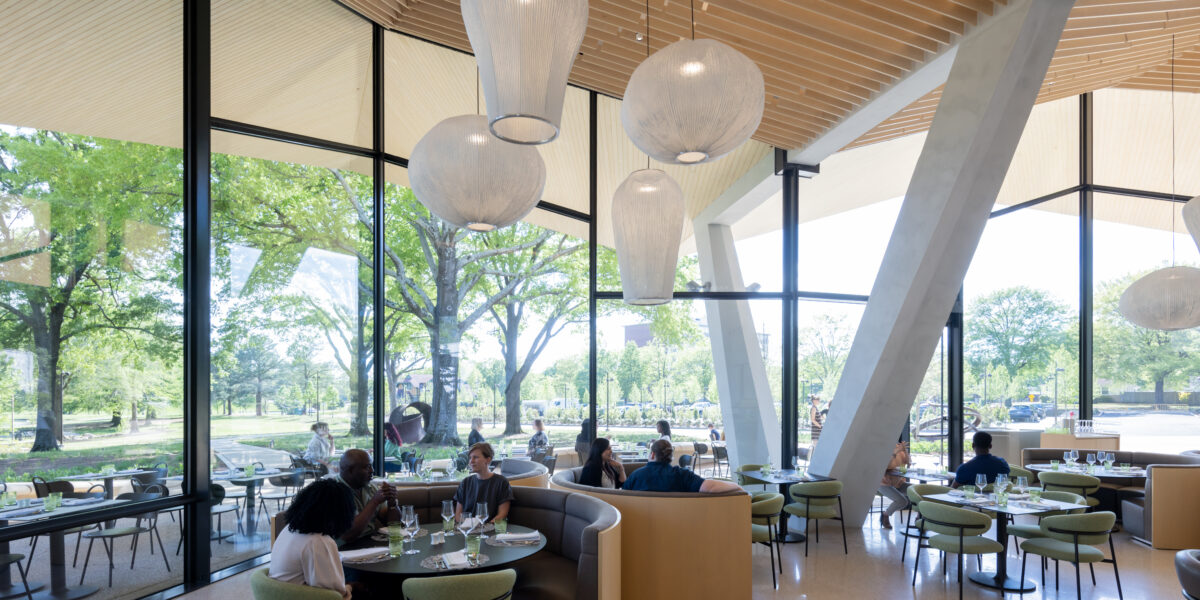Museums are not just repositories of art and artifacts; they are cultural hubs that serve as platforms for education, exploration, and community engagement. Balancing food service operations with the mission driven activities of a museum is a delicate art that requires careful planning and execution. In this blog, we’ll explore strategies for achieving this balance and enhancing the overall visitor experience.
- Food Services and Mission Alignment: Before integrating food service operations into a museum, it’s crucial to understand the institution’s mission and values. Many museums prioritize sustainability, inclusivity, cultural diversity, and community engagement. For example, a natural history or science museum might have a strong focus on sustainability and the environment, ensuring their café uses single use bio-degradable service ware or creating a branded reusable cup program for employees and museum members. Efforts like this weave the food service program with the museum’s mission. Aligning food service offerings with the museum’s mission ensures cohesion and enhances the overall visitor experience.
- Cater to Diverse Needs: Museums cater to a diverse audience with varying dietary preferences, restrictions, and cultural backgrounds. A successful food service operation should offer a range of options to accommodate these needs, including vegetarian, vegan, gluten-free, and allergen-friendly choices. Additionally, featuring cuisine that reflects the cultural heritage of the museum’s collections can enrich the visitor experience and seamlessly tie back to the mission.
- Design Integrated Spaces: Integrating food service areas seamlessly into the museum’s layout enhances visitor flow and encourages exploration. Designing spaces that complement the museum’s aesthetic and thematic elements creates a cohesive environment. For example, a café with artwork-inspired decor or a restaurant overlooking a scenic exhibit can enhance the overall ambiance.
- Foster Community Engagement: Food has a unique ability to bring people together and foster social interaction. Museums can leverage food service operations as opportunities for community engagement by hosting themed dining events, culinary workshops, and chef-led tastings. These activities not only enhance the visitor experience but also create memorable moments that resonate beyond the museum walls.
- Prioritize Visitor Experience: Ultimately, the success of food service operations in museums hinges on prioritizing the visitor experience. From the quality of the food and service to the accessibility of dining options, every aspect should contribute to a positive and memorable visit. Soliciting feedback from visitors and regularly evaluating and refining food service offerings ensures continuous improvement and alignment with the museum’s mission.
- Facility Rental and Inclusivity: Renting a museum for a private event is a privilege that typically has a hefty price tag. Many individuals, or non-profit organizations would love to have their events at iconic institutions but can’t afford the rental fees. Some museums are creating programs that make facility rental more accessible to a wider variety of communities. For example, deep discounts are offered during non-peak times to encourage social events that activate the spaces during quieter periods. Some institutions are welcoming external non-profits by using a sliding scale based on operating budget to determine fees. These creative solutions help expand the museum’s visitor base, share the mission of the institutions, foster a sense of inclusivity, and create new ties to the community.
Reflecting a museum’s mission in the food service operation requires thoughtful planning, creativity, and a deep understanding of the institution’s goals and values.
If you are interested in learning more about how your museum’s food service can complement the mission, contact JGL!

